Instruction
Do you struggle with short shots? Hit the ball with your belly button
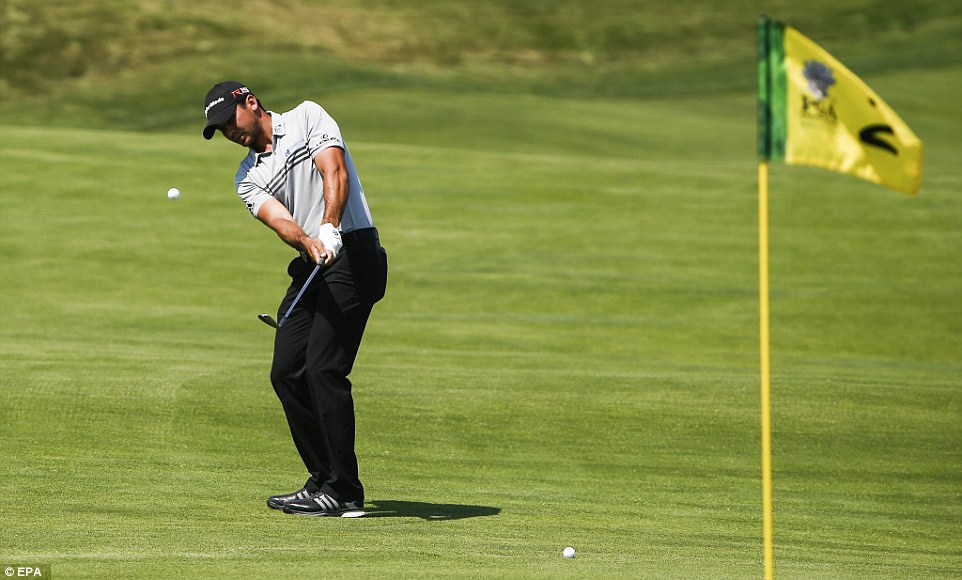
Too many golfers struggle with short shots around the greens. They could be facing a relatively easy bump-and-run shot to an unguarded hole location close to the edge of the green, or a shot that needs to be hit high and soft over a bunker to a tight hole location. The degree of difficulty isn’t a huge factor, because most golfers don’t understand the basic variables of the kinematic chain to help them control the speed of the golf club for these shots.
With so much of their focus being applied to golf instruction that maximizes distance, many of my students come to me trying to apply the same principles of distance to their short shots. The results are predictable unpredictable.
To me, there are three circles in the golf swing, and I’ve found that the better my students understand them, the better they tend to perform around the green.
- One circle, the club head itself, is the circle that travels the farthest, and has the most speed.
- Another circle is the handle. This circle travels on a shorter arc and with less speed than the club head.
- The last circle is the pivot of the body. I like to specifically reference the belly button, as it is a good marker for a golfer’s center of mass and encourages the student to maintain good balance. This circle travels on the smallest arc and has exponentially less speed than the handle and club head. It is this circle that I encourage my students to become more in tune with to improve their ability to hit short shots.
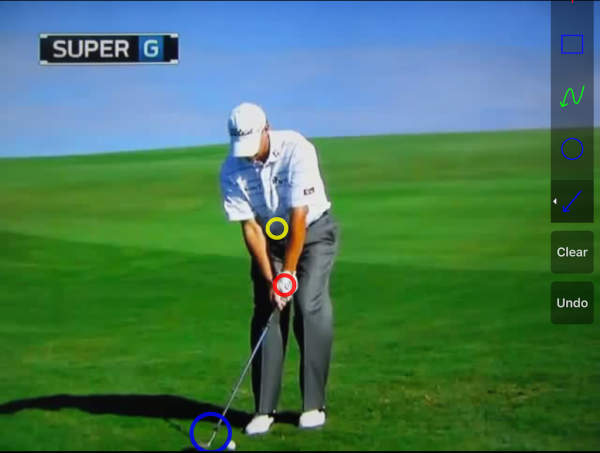
Steve Stricker is a great model for controlling short shots with his body rotation. The circles represent the starting point for the body (yellow), the handle (red) and the club head (blue).
In my experience, far too many of my students are trying to use the circle that is farthest away, the club head, to execute their short game shots. It seems pretty silly to have the circle that travels the fastest and farthest be the one that is responsible for hitting the shortest shots.
My favorite way to develop this skill with my students is to start with grip pressure. I want my students gripping the golf club — on a scale of 1 (soft) to 10 (hard) — with a score of 1. I then tell them that the only way they can move the golf club is by moving their belly button backward and forward with a soft, rhythmic tempo. Almost immediately, my students understand how the body turn can slow down the delivery of the club head, which results in a better short-game motion.
I have my students apply this new skill while hitting short chip shots first. As they become more adept at executing this easier golf shot, I challenge them to add more club head speed and hit longer shots, which require more skill. I also challenge them to alter the angle of attack into the golf ball to help them manage different lies, and vary their club face angles to hit shots on different trajectories. Frequently, these shots need the handle and club head to travel longer and faster, but if my students are in tune with the movement of their belly button, they know how to control the first circle of the kinematic sequence. That control slows down the rest of the chain, and delivers the golf club with less speed into the golf ball.
If you struggle with your short shots, I encourage you to give this a go. By focusing on the circle that creates the least amount of speed, you should become considerably more skilled at hitting both the easier and more difficult shots around the green. Good luck!
- LIKE168
- LEGIT10
- WOW12
- LOL9
- IDHT5
- FLOP7
- OB3
- SHANK16
Instruction
Clement: Laid-off or perfect fade? Across-the-line or perfect draw?

Some call the image on the left laid off, but if you are hitting a fade, this could be a perfect backswing for it! Same for across the line for a draw! Stop racking your brain with perceived mistakes and simply match backswing to shot shape!
- LIKE1
- LEGIT0
- WOW0
- LOL0
- IDHT0
- FLOP0
- OB0
- SHANK1
Instruction
The Wedge Guy: The easiest-to-learn golf basic

My golf learning began with this simple fact – if you don’t have a fundamentally sound hold on the golf club, it is practically impossible for your body to execute a fundamentally sound golf swing. I’m still a big believer that the golf swing is much easier to execute if you begin with the proper hold on the club.
As you might imagine, I come into contact with hundreds of golfers of all skill levels. And it is very rare to see a good player with a bad hold on the golf club. There are some exceptions, for sure, but they are very few and very far between, and they typically have beat so many balls with their poor grip that they’ve found a way to work around it.
The reality of biophysics is that the body moves only in certain ways – and the particulars of the way you hold the golf club can totally prevent a sound swing motion that allows the club to release properly through the impact zone. The wonderful thing is that anyone can learn how to put a fundamentally sound hold on the golf club, and you can practice it anywhere your hands are not otherwise engaged, like watching TV or just sitting and relaxing.
Whether you prefer an overlap, interlock or full-finger (not baseball!) grip on the club, the same fundamentals apply. Here are the major grip faults I see most often, in the order of the frequency:
Mis-aligned hands
By this I mean that the palms of the two hands are not parallel to each other. Too many golfers have a weak left hand and strong right, or vice versa. The easiest way to learn how to hold the club with your palms aligned properly is to grip a plain wooden ruler or yardstick. It forces the hands to align properly and shows you how that feels. If you grip and re-grip a yardstick several times, then grip a club, you’ll see that the learning curve is almost immediate.
The position of the grip in the upper/left hand
I also observe many golfers who have the butt of the grip too far into the heel pad of the upper hand (the left hand for right-handed players). It’s amazing how much easier it is to release the club through the ball if even 1/4-1/2″ of the butt is beyond the left heel pad. Try this yourself to see what I mean. Swing the club freely with just your left hand and notice the difference in its release from when you hold it at the end of the grip, versus gripping down even a half inch.
To help you really understand how this works, go to the range and hit shots with your five-iron gripped down a full inch to make the club the same length as your seven-iron. You will probably see an amazing shot shape difference, and likely not see as much distance loss as you would expect.
Too much lower (right) hand on the club
It seems like almost all golfers of 8-10 handicap or higher have the club too far into the palm of the lower hand, because that feels “good” if you are trying to control the path of the clubhead to the ball. But the golf swing is not an effort to hit at the ball – it is a swing of the club. The proper hold on the club has the grip underneath the pad at the base of the fingers. This will likely feel “weak” to you — like you cannot control the club like that. EXACTLY. You should not be trying to control the club with your lower/master hand.
Gripping too tightly
Nearly all golfers hold the club too tightly, which tenses up the forearms and prevents a proper release of the club through impact. In order for the club to move back and through properly, you must feel that the club is controlled by the last three fingers of the upper hand, and the middle two fingers of the lower hand. If you engage your thumbs and forefingers in “holding” the club, the result will almost always be a grip that is too tight. Try this for yourself. Hold the club in your upper hand only, and squeeze firmly with just the last three fingers, with the forefinger and thumb off the club entirely. You have good control, but your forearms are not tense. Then begin to squeeze down with your thumb and forefinger and observe the tensing of the entire forearm. This is the way we are made, so the key to preventing tenseness in the arms is to hold the club very lightly with the “pinchers” — the thumbs and forefingers.
So, those are what I believe are the four fundamentals of a good grip. Anyone can learn them in their home or office very quickly. There is no easier way to improve your ball striking consistency and add distance than giving more attention to the way you hold the golf club.
More from the Wedge Guy
- The Wedge Guy: Golf mastery begins with your wedge game
- The Wedge Guy: Why golf is 20 times harder than brain surgery
- The Wedge Guy: Musings on the golf ball rollback
- LIKE88
- LEGIT15
- WOW6
- LOL1
- IDHT0
- FLOP4
- OB1
- SHANK9
Instruction
Clement: Stop ripping off your swing with this drill!

Not the dreaded headcover under the armpit drill! As if your body is defective and can’t function by itself! Have you seen how incredible the human machine is with all the incredible feats of agility all kinds of athletes are accomplishing? You think your body is so defective (the good Lord is laughing his head off at you) that it needs a headcover tucked under the armpit so you can swing like T-Rex?
- LIKE0
- LEGIT3
- WOW2
- LOL0
- IDHT0
- FLOP0
- OB0
- SHANK2
-

 19th Hole2 days ago
19th Hole2 days agoBrandel Chamblee says this is the primary reason why Rory McIlroy hasn’t won a major in 10 years
-

 Whats in the Bag4 days ago
Whats in the Bag4 days agoTiger Woods WITB 2024 (May)
-

 19th Hole1 week ago
19th Hole1 week agoReport: LIV star turns down PGA Championship invite due to ‘personal commitments’
-

 19th Hole2 weeks ago
19th Hole2 weeks agoGary Player claims this is what ‘completely ruined’ Tiger Woods’ career
-

 Equipment1 week ago
Equipment1 week agoDetails on Justin Thomas’ driver switch at the Wells Fargo Championship
-

 Whats in the Bag3 weeks ago
Whats in the Bag3 weeks agoTeam McIlowry (Rory McIlroy, Shane Lowry) winning WITBs: 2024 Zurich Classic
-

 Whats in the Bag1 week ago
Whats in the Bag1 week agoKeegan Bradley WITB 2024 (May)
-

 Equipment2 weeks ago
Equipment2 weeks agoGolf fans left surprised by LIV’s choice of course for its 2024 individual championship event

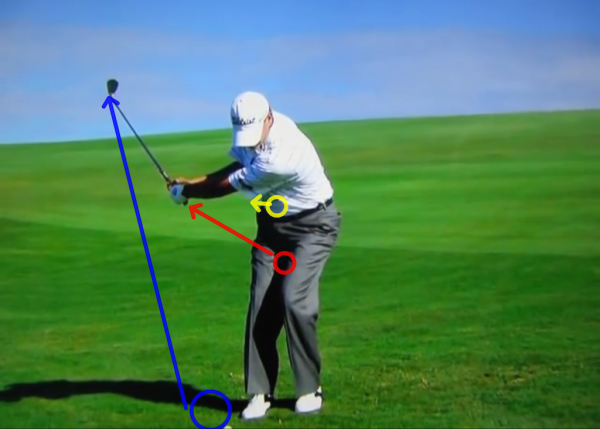












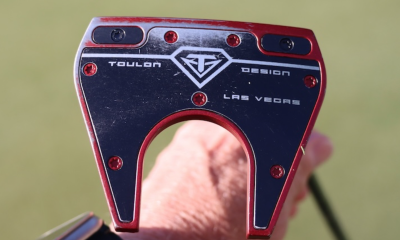

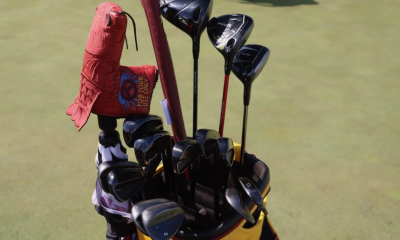

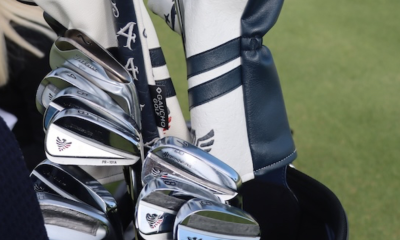

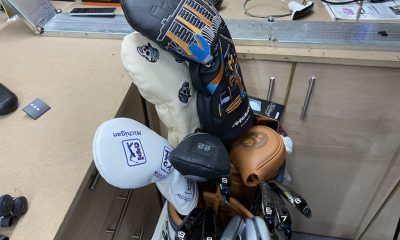

Russell Platt
Dec 10, 2015 at 10:40 pm
I just read Penick speaking about the belly button, what a coincidence, good article.
Robert West
Dec 7, 2015 at 3:38 am
Tim, wonderful tip. I really struggle with this part of my game and have a tendency to decelerate through the ball for short shots. I found focusing on the relationship between the circles, improved the consistency of speed with my short shots. Thanks for sharing.
I did write an article on short shorts, which was aimed at the beginner, http://birdieable.com/chips-ahoy-helpful-golf-chipping-tips/ I will however update my site to include your tip, as it really worked for me.
Mbwa Kali Sana
Nov 26, 2015 at 9:30 am
I disagree with this method of using exclusively the “belly button “for the short game :finesse shots are all made with the feeling you have in the hands and fingers .The belly button has no feeling at all .
On the contrary ,where you are 100% right is for the “long shots ” with Driver ,Fairway woods ,long irons .The speed of the clubhead is alll made up by the fast rotation f the “belly button “,e.g. the hips ,the arms being powerless;exactly like a sling (KING DAVID’s sling against GOLIATH ),the arms are the ropes of the sling the clubhead is the pouch containing the stone which killed GOLIATH!
Noddy
Nov 23, 2015 at 3:08 am
I’d rather hit the ball with my wedge, thanks. My belly button doesn’t reach that far to the ground
snowman
Nov 22, 2015 at 10:52 pm
This great is great advice. Most players over single digit handicap that I see seem way too loose and ‘armsy-handsy’. A good swing thought that has worked for me is feel a “body-driven” motion. IMO this is actually is a pretty good approach for all iron shots (full swings and non-full swings). For the Driver, I feel I need to sling the arms a bit at the bottom, but thats just me; I’m sure many would disagree.
Brian
Nov 21, 2015 at 11:58 pm
Yes! I just started doing this over the summer and it’s been great for the 20-50 yard range. Anything closer and I tend to overshoot. But I’ve been getting those wedges in close with this method. If only I could drain those 6 foot putts every time!